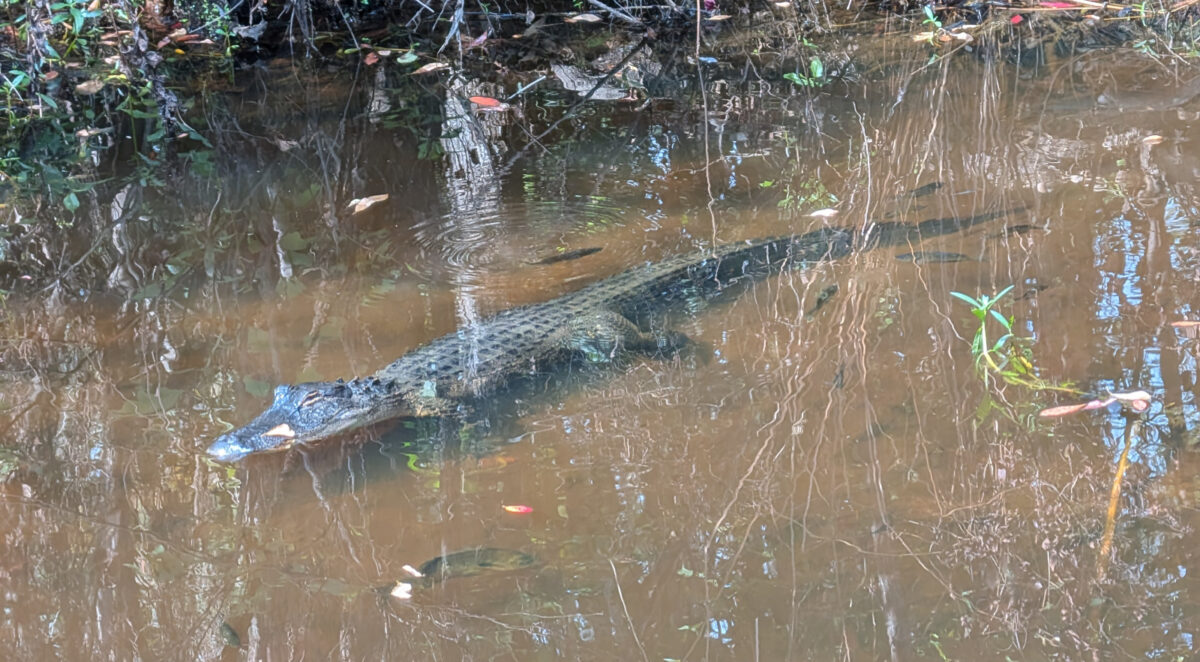I am writing a longish piece on Project 2025 and immigration. Until it’s finished, here’s a few friends from the George’s Pond area.
Silent Sunday and future writing

Just writing

I am writing a longish piece on Project 2025 and immigration. Until it’s finished, here’s a few friends from the George’s Pond area.

The second part of my Burningbird server re-awakening from the dead is my effort to find any and all past writings and import them into this weblog, one at a time. I’ve had so many variations of weblogs: some at domains I’ve controlled, others at domains I haven’t. I was able to export the posts […]

I sometimes miss the simpler days when an alert was your JavaScript best friend.

Not long ago, I received an email from a person praising one of my writings. He wanted me to know, however, that he doesn’t take sites like mine seriously because it’s a personal web site, and therefore, not credible. Because my site lacked credibility, he didn’t feel he could share the writing with others. I was […]
Learning Node, 2nd Edition is now in production and should be hitting the streets within a few weeks. We had a bit of excitement when Node 6.0 was rolled out, just as we entered production. However, this edition of the book was specifically designed to accommodate Node’s rather energetic release schedule, and the book survived […]